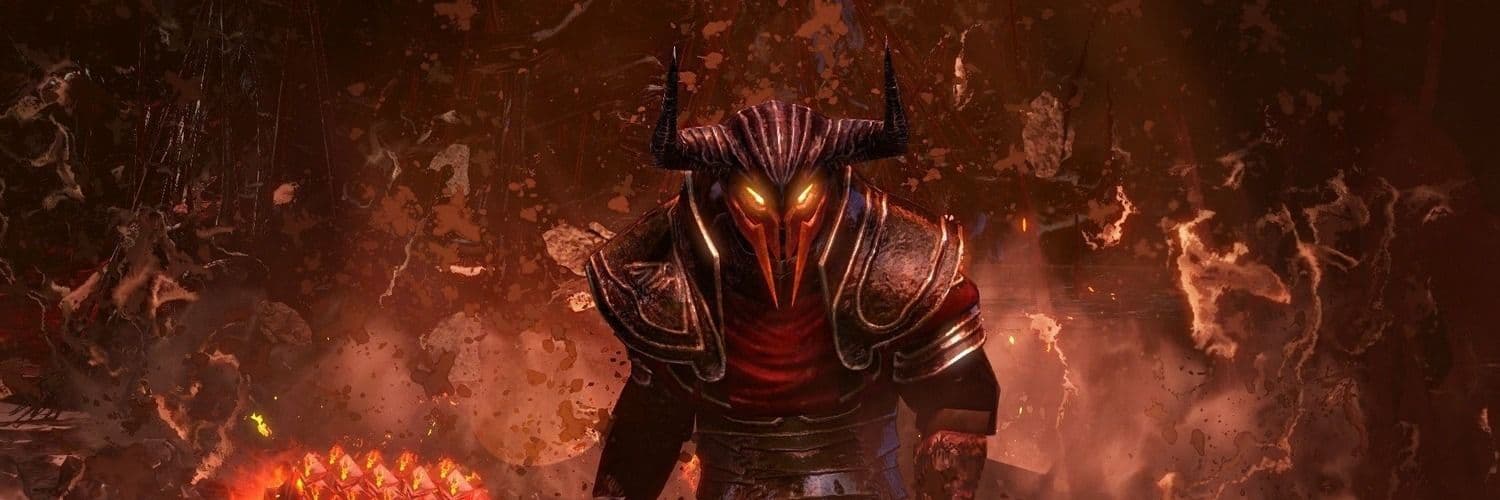Overview
Path of Exile stands as one of the most complex and rewarding action RPGs in the genre. Developed by Grinding Gear Games, this free-to-play title casts players as exiles banished to the dark continent of Wraeclast, a harsh land filled with nightmarish creatures and ancient secrets. Unlike many games in the genre, Path of Exile distinguishes itself through unprecedented character customization, an item-based economy, and a commitment to fair gameplay that eschews pay-to-win mechanics in favor of cosmetic microtransactions.
The core gameplay loop revolves around exploring increasingly dangerous areas, slaying monsters, collecting loot, and continuously refining your character build. Players choose from seven distinct classes—Duelist, Witch, Ranger, Templar, Marauder, Shadow, and Scion—each with their own starting position on the massive passive skill tree. This freedom of choice extends to the combat system, where skill gems socketed into equipment define your abilities rather than being tied to your class. This flexibility allows for thousands of viable build combinations, from whirlwind berserkers to summoning necromancers to trap-laying assassins.
The Passive Skill Tree: A Universe of Possibilities
Few games can match Path of Exile's notorious passive skill tree—a sprawling web of over 1,200 nodes that allows players to customize their character's attributes and abilities. This massive constellation of options intimidates newcomers while delighting veterans with its depth. Rather than forcing players into rigid class archetypes, the skill tree encourages creative hybridization and specialized build crafting.

Path of Exile
- Keystone passives that fundamentally alter gameplay mechanics
- Class-specific Ascendancy specializations that define playstyles
- Mastery nodes for focused specialization
- Jewel sockets for further customization
- Strategic pathing decisions with meaningful trade-offs

Path of Exile
The true brilliance of this system lies in how it interacts with the game's skill gems and equipment. A Marauder might travel across the tree to grab spell damage nodes, creating an unexpected spellcasting tank build. Meanwhile, a Witch could focus on minion nodes to command an army of the undead. This freedom of expression makes Path of Exile uniquely replayable, as no two characters feel quite the same.
How does Path of Exile's economy work?
Unlike traditional RPGs that use gold as currency, Path of Exile employs a barter-based economy using "currency orbs" that double as crafting materials. This innovative approach means that every transaction has an opportunity cost—do you use that Chaos Orb to reroll an item's properties or trade it for something you need? The absence of a fixed currency creates a dynamic player-driven economy where values fluctuate based on supply, demand, and the current league meta.
The trading system encourages player interaction through dedicated trading websites and in-game exchanges. For solo players, the self-found experience presents an entirely different challenge, where crafting and careful resource management become essential. This economy design creates different play experiences for different player types while maintaining game balance.

Path of Exile
The itemization system further distinguishes Path of Exile with its emphasis on random modifiers and complex crafting options. Items can roll with various prefixes and suffixes that dramatically affect their power, creating a continuous hunt for better gear. The most coveted items feature synergistic combinations of modifiers that enable specific builds to reach their full potential, driving the game's long-term engagement.
Endgame Content: The Atlas of Worlds
What truly separates Path of Exile from its contemporaries is its robust endgame system centered around the Atlas of Worlds. After completing the main campaign, players gain access to maps—consumable items that open portals to challenging areas with their own modifiers and difficulty levels. These maps form the backbone of the endgame progression, with higher-tier maps offering better rewards and tougher challenges.
The Atlas itself features its own passive skill tree, allowing players to customize their endgame experience by focusing on preferred content types. Whether you enjoy boss hunting, currency farming, or specific league mechanics, the Atlas tree lets you tailor the game to your playstyle. This system creates a meta-progression layer that keeps the endgame fresh even after hundreds of hours.

Path of Exile
Beyond mapping, Path of Exile offers numerous specialized endgame activities. The Delve infinite dungeon challenges players to descend as deep as possible into an ever-more-difficult mine. Heist operations require strategic planning and execution to steal valuable artifacts. The Temple of Atzoatl lets players construct and run their own dungeon by manipulating time. These varied systems provide alternative progression paths while breaking up the mapping routine.
A Living Game: Leagues and Updates
Path of Exile maintains player engagement through its three-month league system. Each league introduces new mechanics, items, and balance changes that refresh the game experience. These temporary economies give players a fresh start and the opportunity to experience new content before it potentially becomes part of the core game. For those who prefer stability, the permanent Standard league preserves characters and items across league transitions.
The development team's commitment to regular updates ensures Path of Exile remains relevant years after its initial release. Major expansions have added significant features like the Atlas of Worlds, Delve, and the Ruthless mode—a challenging variant that emphasizes extreme item scarcity and a back-to-basics approach. These consistent additions have helped the game evolve while maintaining its core identity.
System Requirements
Path of Exile stands as the premier free-to-play action RPG for players seeking complexity, customization, and long-term engagement. Its intimidating learning curve gives way to incredibly satisfying depth once mastered, rewarding investment with virtually unlimited build possibilities and challenging content. The game's fair monetization model—focusing exclusively on cosmetic microtransactions and storage conveniences—demonstrates that free-to-play can coexist with hardcore game design without compromising integrity. For ARPG enthusiasts craving depth beyond the standard hack-and-slash formula, Wraeclast's dark shores offer a brutal but rewarding destination.











